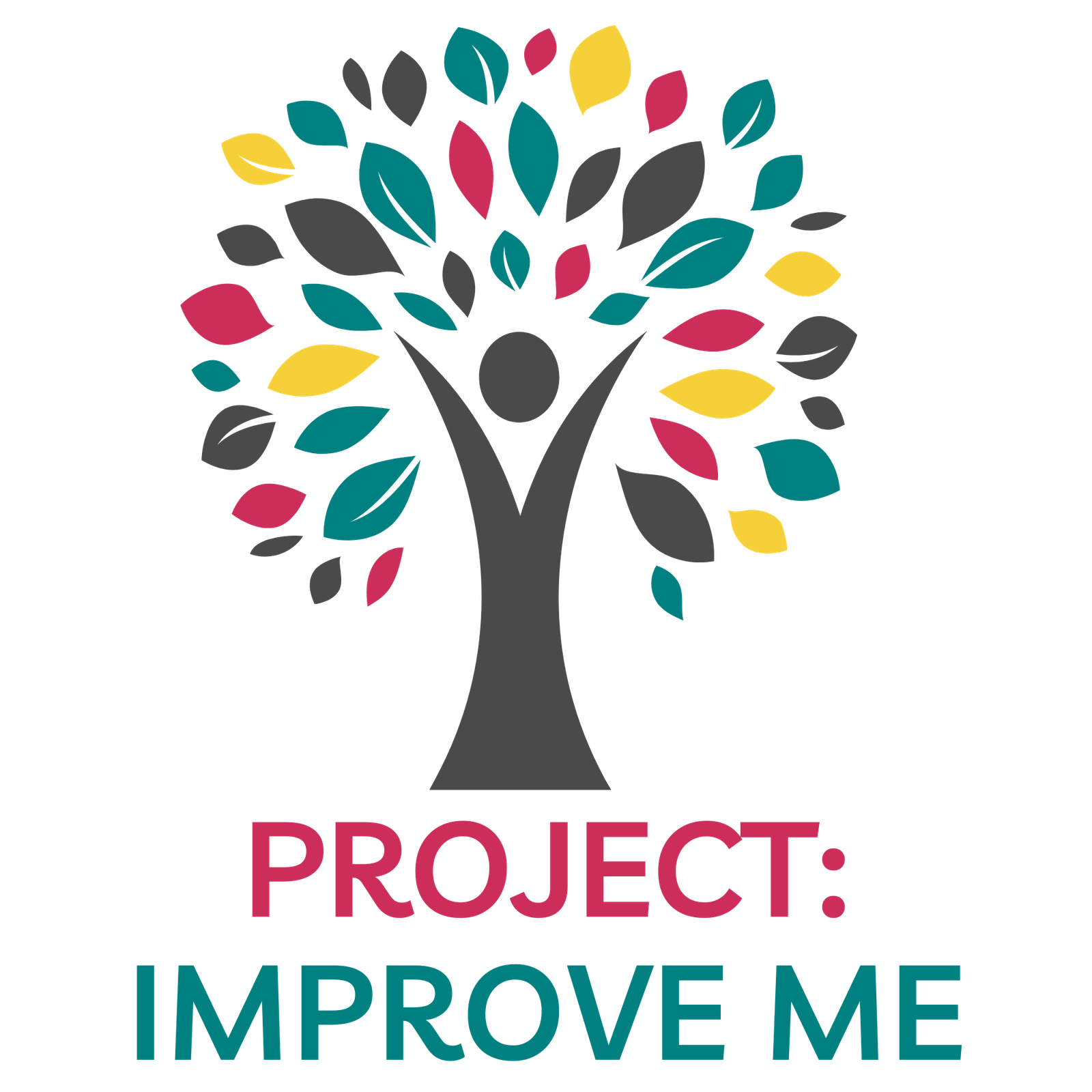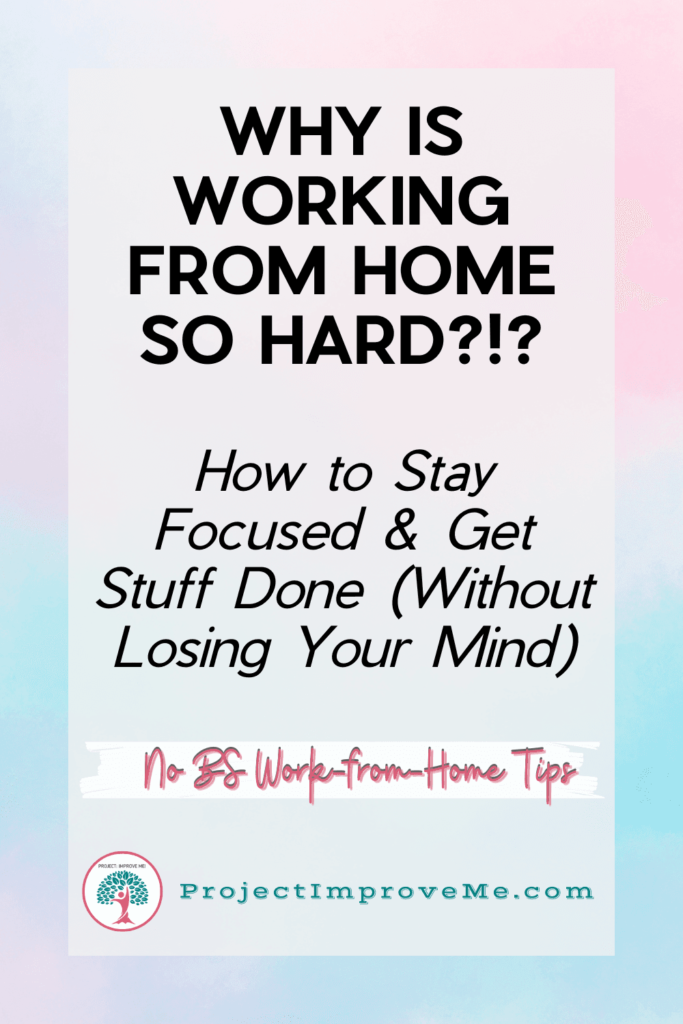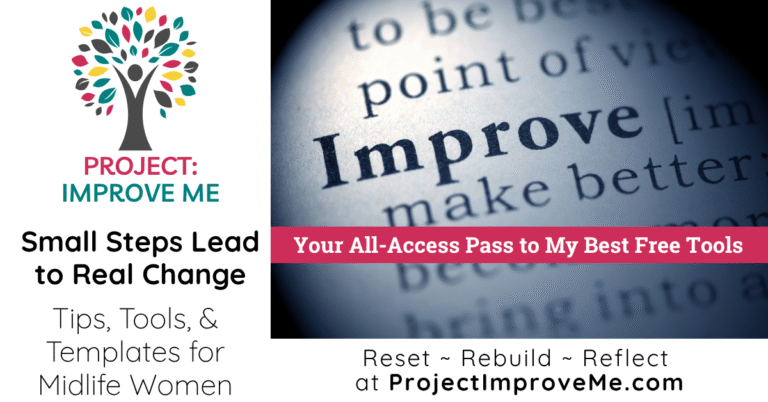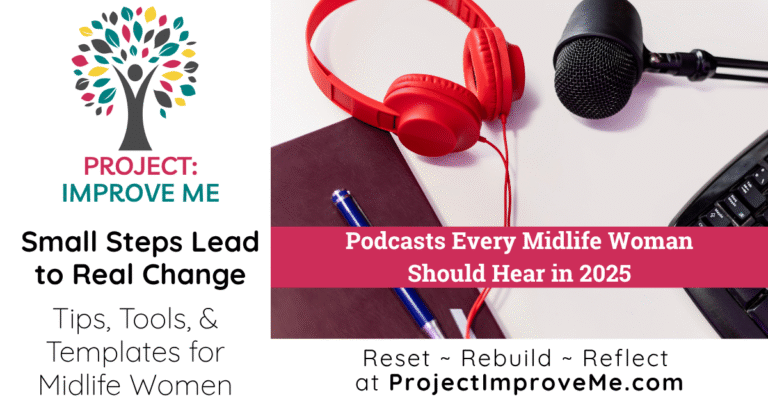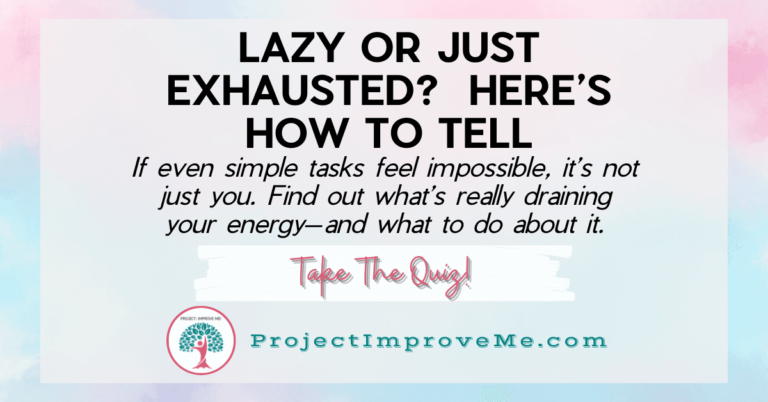Why Is Working from Home So Hard?!?
Ever sit down at your desk (or let’s be real—your couch) with the best intentions to crush your to-do list, only to look up hours later and wonder where the time went? Maybe you got lost in an internet rabbit hole, decided to reorganize your spice rack mid-work session, or spent way too long debating whether or not to start a load of laundry.
Yeah… same.
Working from home sounds like the dream—no commute, flexible hours, and the ability to wear leggings every day. But what no one tells you is that staying productive at home is a whole different game. Without a boss or coworkers physically keeping you accountable, it’s easy to fall into a cycle of procrastination, distraction, and accidental three-hour lunch breaks.
I’ve been there. When I first started working from home in 2020, I thought I’d be a productivity machine. Instead, I found myself getting sidetracked by things like deep-diving into random Wikipedia pages (did you know the inventor of the frisbee was turned into a frisbee after he died?!), rearranging my bookshelves for no real reason, or deciding it was the perfect time to declutter my email inbox… instead of actually working.
But over time, I figured out a system that works. Not just some copy-paste, cookie-cutter “wake up at 5 AM and meditate” productivity advice—but real, tested strategies that help you stay focused without feeling like a robot.
So if you’ve ever felt like your work-from-home days disappear in a blur of distractions, I’ve got you. Let’s break down practical, no-BS ways to stay productive while working from home—without burning out or losing your mind.
1. Set Up a Workspace That Actually Works for You
You don’t need a Pinterest-worthy home office, but you do need a space that signals to your brain: this is where work happens.
- Avoid working from bed. (Your brain associates it with sleep, and you will get sleepy.)
- Keep your space organized—even if it’s just a small section of your kitchen table.
- Invest in comfort. A supportive chair, good lighting, and noise-canceling headphones make a huge difference.
If you live with family or roommates, setting up a physical workspace also helps establish boundaries—so people know that when you’re in this spot, you’re working.
2. Stick to a Routine (But Keep It Realistic)
One of the best (and worst) things about working from home? No one’s forcing you to clock in at a specific time.
That freedom is amazing—until you realize it’s 2 PM and you’re still in pajamas, scrolling TikTok with an untouched to-do list.
- Start your day at the same time every morning. No, not 5 AM (unless you’re one of those rare ‘morning people’ I’ll never understand). Just pick a time that actually works for you—and stick to it.
- Try a fake “commute.” Take a short walk, grab a coffee, or do something that signals “work mode.”
- Use time-blocking. Schedule deep-focus work periods and breaks, so you don’t end up on an accidental 3-hour lunch break.
Routines bring structure to your day without making you feel like you’re trapped in a 9-to-5 box.
3. Get Dressed (Yes, Even If No One Sees You)
Look, I’m not saying you need to wear a suit at home. But there’s something about getting out of pajamas that helps your brain switch into work mode.
- Wear “work” clothes you feel good in. (Even if it’s just nice joggers and a comfy tee.)
- Try dressing up for important tasks. Need to tackle a tough project? Put on a “boss mode” outfit—it sounds silly, but it works.
4. Use Productivity Techniques That Actually Work
Not all productivity hacks are created equal. Here are a few that actually make a difference:
- The Pomodoro Technique: 25-minute work sprints, followed by a 5-minute break. Keeps you focused without burnout. This is one of my favorites and I wrote a blog post about it here.
- The 2-Minute Rule: If something takes less than 2 minutes, just do it now instead of adding it to your to-do list.
- Task Batching: Group similar tasks together (emails, meetings, content creation) to stay in the right mindset.
Try different techniques until you find what actually helps you stay on track.
5. Set Boundaries (So You Actually Get Work Done)
If you live with other people, you’ve probably heard “Since you’re home, can you just…” way too many times.
- Let family and friends know your work hours. Set clear expectations so they don’t assume you’re free 24/7.
- Use a “Do Not Disturb” signal. A closed door, a sign, or even wearing headphones can help people know when you’re in focus mode.
- Say no to random errands during work hours. Just because you work from home doesn’t mean you’re available to do everything else.
Setting boundaries is key to actually getting work done without feeling pulled in a million directions.
6. Take Breaks That Refresh You (Not Drain You)
Raise your hand if you’ve ever planned a 10-minute break… and somehow ended up watching 17 videos about ‘how to become a minimalist’ while sitting next to a pile of Amazon boxes. Yep, me too.
Yep, me too.
The key is taking intentional breaks that recharge your energy, not ones that leave you feeling more drained.
- Step outside. Fresh air = instant focus boost.
- Move your body. A quick stretch or a walk around the house helps reset your brain.
- Socialize (but set a time limit). A 5-minute check-in with a friend or coworker can boost motivation—just don’t let it turn into an hour-long chat.
7. Shut Down Work at the End of the Day
If you’ve ever found yourself answering emails at 11 PM while half-watching Netflix (and telling yourself ‘this doesn’t count as working’), you’re not alone.
But if you don’t set boundaries, you’ll find yourself answering emails at 11 PM while watching Netflix—and that’s a fast track to burnout.
- Set a clear “work stop” time. Then actually stick to it.
- Create an end-of-day routine. Close your laptop, change clothes, or take a walk—something that signals to your brain that work is done.
- Have a hobby or activity that helps you unwind. Whether it’s reading, working out, or playing with your dog, give yourself something to look forward to after work.
You Got This!
Working from home isn’t about forcing yourself to be productive every second—it’s about finding a balance that lets you work efficiently without burning out.
Try out these strategies, tweak them to fit your life, and don’t stress if you have an off day. The goal isn’t perfection—it’s progress.
Now, go crush your to-do list! (Or at least start with the easiest task to get an easy win.)
PIM Community Question
What’s the biggest work-from-home distraction you struggle with? Is it the endless snack breaks, social media rabbit holes, or something totally unexpected?
Drop a comment below, send me a message through the contact form or by email. If you prefer, you can use this as a journal/blog prompt to reflect on how you can stay focused while working from home!

